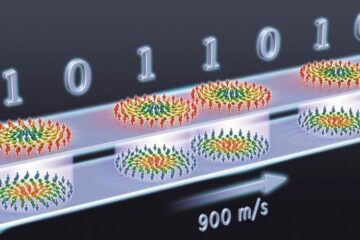Why transplanted insulin cells die

Now researchers at Linköping University and Uppsala University in Sweden can show that accumulation of protein aggregatess, amyloid, in the transplanted cells may be causing their death.
Until now it was not known why this insulin production ceases. The discovery now being published in The New England Journal of Medicine may change the course of diabetes research.
Transplant attempts have been carried out for more than 30 years. Hundreds of patients have had healthy insulin-producing islets of Langerhans recovered from the pancreas of donors. These transplants, which usually involve the injection of cell islets into the liver, normally go well, and the patients initially don't have to take insulin. But within a year or two years the insulin production will cease from the transplanted cells.
“We have studied this in mice, but it has naturally been difficult to do so in humans. Now we have had an opportunity to examine such transplants in an individual with type 1 diabetes,” says Gunilla T. Westermark, assistant professor of cell biology at Linköping University.
In close to half of the cell islets examined, 43 percent, the researchers found lumps of amyloid.
“We previously know that amyloid production is a symptom of stress that leads to cell death in type 2 diabetes. Perhaps the same thing happens in a transplant, when cells are exposed to great stress,” says Gunilla T. Westermark.
Interestingly, there were quite a few unaffected cell islets remaining in the liver. If we can prevent the production of amyloid at an early stage, these cells would be able to continue to produce insulin. One possible strategy is to create a drug; another would be to refine the methods used in transplants in order to reduce stress.
The report “Widespread amyloid deposition in transplanted human pancreatic islets” by Gunilla T. Westermark, Per Westermark, Christian Berne, and Olle Korsgren will appear in The New England Journal of Medicine on August 28.
Contact:
Gunilla T. Westermark,
cell phone: +46 (0)73-4245812.
Pressofficer Åke Hjelm: åka.hjelm@liu.se; +46-13 281 395
Media Contact
All latest news from the category: Life Sciences and Chemistry
Articles and reports from the Life Sciences and chemistry area deal with applied and basic research into modern biology, chemistry and human medicine.
Valuable information can be found on a range of life sciences fields including bacteriology, biochemistry, bionics, bioinformatics, biophysics, biotechnology, genetics, geobotany, human biology, marine biology, microbiology, molecular biology, cellular biology, zoology, bioinorganic chemistry, microchemistry and environmental chemistry.
Newest articles

Properties of new materials for microchips
… can now be measured well. Reseachers of Delft University of Technology demonstrated measuring performance properties of ultrathin silicon membranes. Making ever smaller and more powerful chips requires new ultrathin…

Floating solar’s potential
… to support sustainable development by addressing climate, water, and energy goals holistically. A new study published this week in Nature Energy raises the potential for floating solar photovoltaics (FPV)…

Skyrmions move at record speeds
… a step towards the computing of the future. An international research team led by scientists from the CNRS1 has discovered that the magnetic nanobubbles2 known as skyrmions can be…





















